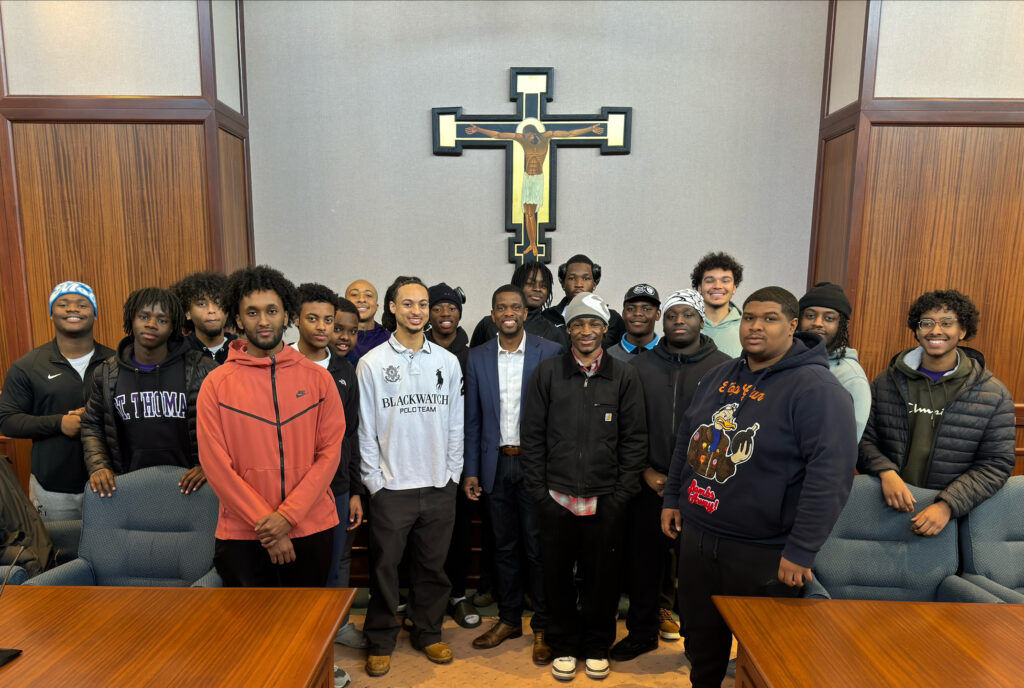Just in time for St. Patrick's Day, New Hibernia Review spring issue available online
By Jim Rogers
Editor, New Hibernia Review
New Hibernia Review, the quarterly journal published by the University of St. Thomas Center for Irish Studies, is available online. (Subscriptions to New Hibernia Review make wonderful St. Patrick's Day gifts.)
The journal's most recent issue (winter, Vol. 12, No. 4) and all issues since 2000 can be found at the Project Muse Web site. This Web site offers searchable, full-text issues of the St. Thomas-based journal.
Here's a brief look at the contents of the most recent issue:
- Poet and essayist Mark Roper of County Kilkenny opens with a personal essay that unpacks the levels of meaning around his mother's reported sighting of a rare bird, a kingfisher – a moving family mythology and more.
- Historian Andrew Devenney of Western Michigan University offers an article that seems oddly topical given Ireland's recent turn-down of the EU's Lisbon Treaty – a study of Irish opposition to the Common Market in 1972.
- Then, Mary Montague, a native of Derry now living in England, offers a suite of six new poems, including one long and witty poem that recounts a collision with the bureaucratic state in Britain.
- Jennifer Molidor of Kansas State University, Salina, calls attention to the feminist ideas that run throughout a nearly forgotten 1924 story collection by Dorothy MacArdle, Earth-Bound: Nine Stories of Ireland.
- Next, in an important article that touches on core elements of Irish identity, Nicholas Wolf of George Mason University gives a definitive study of the Irish Language in 19th-century seminaries. Gaelic was indeed a part of clerical education, but only for the purpose of facilitating pastoral care.
- Michael O. Jauchen, writing from Louisiana State University, Lafayette, takes a new look at a chapter of Ulysses that famously ran afoul of the censors and discovers ideas about prostitution, incest and venereal disease running just below the surface.
- Then, C.W. Sullivan III of East Carolina University unsettles one of the founding myths of Australia: the nightmare legacy of convict transportation, which he provocatively suggests moderated as time went on.
- William Trevor's contemporary story collection, Cheating at Canasta (2007), then undergoes a detailed look from Mary Fitzgerald-Hoyt of Siena College, who finds it a searing depiction of the Celtic Tiger's effects on community.
- Finally, one of New Hibernia Review's distinctive features, "Radharc ar gCúl: The Backward Glance" offers three fresh looks at Cecil Woodham's classic 1962 account of the Famine, The Great Hunger, with short retrospective articles from historians Christine Kinealy of Drew University, Elizabeth Malcolm of the University of Melbourne and William H. Mulligan of Western Kentucky University.
For more information, including subscriptions, please contact the Center for Irish Studies, (651) 962-5662, or Mail #5008; e-mail Jim Rogers; or visit the center's Web site.







